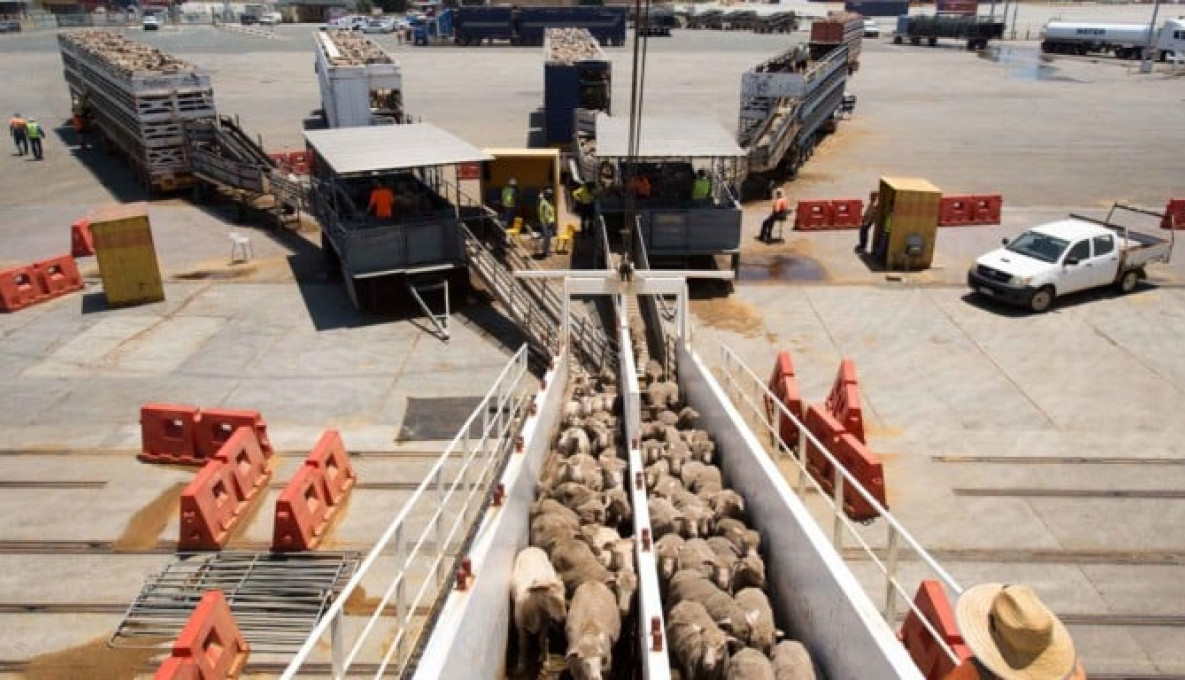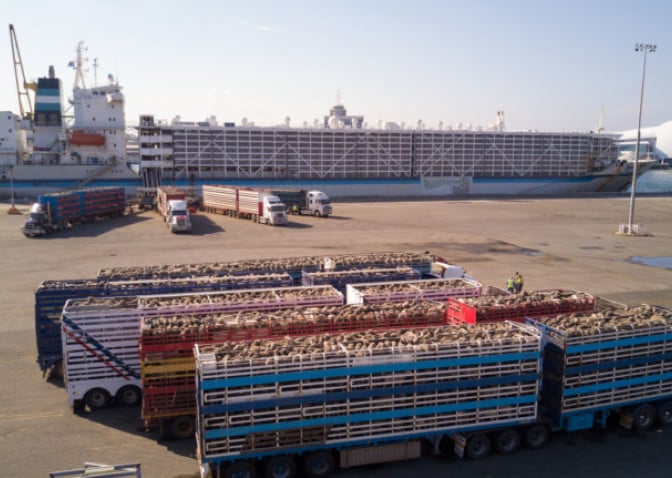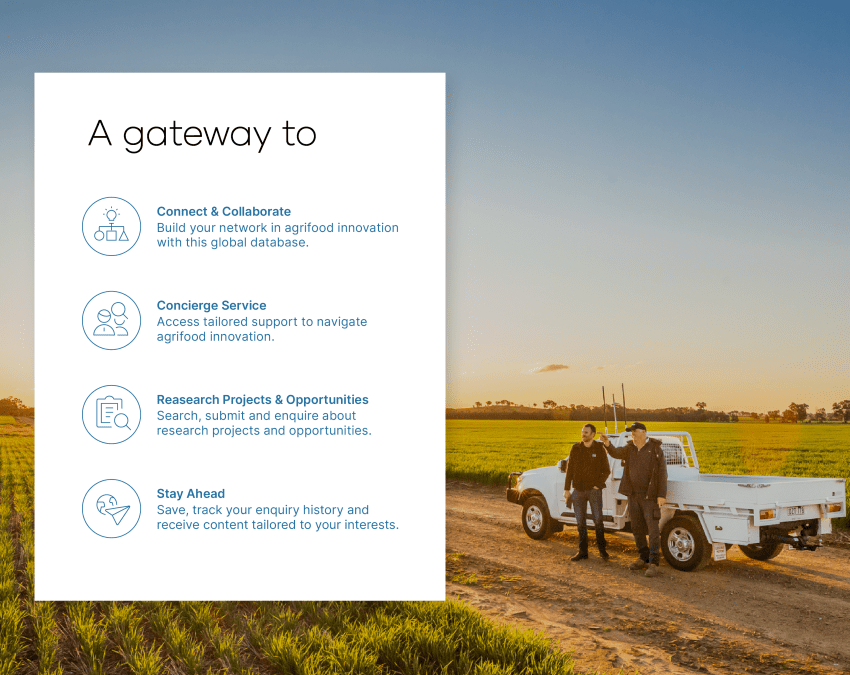
Livestock counting solution ready for next phase of development
MLA, LiveCorp and University of Technology Sydney researchers are seeking interested partners to further develop and commercialise automated livestock counting video technology for live export yards and vessels, saleyards and farms.

Numbers are everything in agriculture – and this often takes time, and money.
This is especially true when counting animals on and off trucks and livestock vessels, as stocking densities, pen space allowances and feed stores need to be calculated down to the very last animal.
In fact, Australia exports one million head of sheep per year, plus 20 million saleyard transactions. This highly skilled yet laborious task of counting, is naturally susceptible to human error.
On average the human count is 95% accurate, a discrepancy which presents a potential margin of $960,000 for Australia’s live sheep export industry and $12 million for saleyards per year.
Meat and Livestock Australia, LiveCorp, and a team of University of Technology Sydney (UTS) researchers have developed a new cost-effective video-based counting solution in partnership, that’s recently been trialled on sheep in Fremantle’s port in Western Australia.
The automated artificial intelligence technology was able to successfully differentiate between sheep, humans and dogs in different environments in its initial trials with a 99.5% accuracy rate.
Related organisations


The portable camera system is designed to count animals moving through a race, using two cameras mounted on a central pole suspended four metres above the ship’s ramp and similarly for livestock saleyards that successfully detects sheep movements from point-to-point.
Moving livestock is never without its challenges – and sheep tend to change direction. The AI system is designed to identify irregular movements when needed, using pattern recognition algorithms.
Since September 2018, the UTS research team within the Multimedia Data Analytics Lab, have been refining the technology, including Associate Professor and Project Lead, Jian Zhang, Associate Professor and Technical Lead, Qiang Wu and Project Developer, Dr. Jingsong Xu.
Jian ZhangThe automated sheep counting solution has clearly demonstrated its strong commercial value in its potential to make livestock export trade transactions more efficient and less costly.
Investment opportunity to benefit Australian livestock industry
Seeking interest
The project is now seeking interested partners to further develop and commercialise the new automated animal counting technology for the Australian livestock industry.
Investment is needed to develop the software technology counting accuracy in different environments, such as lighting conditions and widths of races, as well as field testing to refine product design for other livestock species, on-farm applications and potential industry adaptation.
Further development areas may include...
- improving product robustness for use in live export and livestock yards
- product robustness trialling for various products
- product design, including for other species
- on-farm app
- field testing
- scale-up and support use in other animals and/or items.
Potential partners
The selected partner will be supporting the future of a smarter, connected and profitable red meat industry with the ability to show value to end users, thus requiring basic knowledge of the live animal trade as well as saleyards and farms.
Expertise in hardware deployment, system maintenance and upgrade for livestock counting is preferable.
The UTS team is focused on enhancing the prototype robustness, Jian said, including making portable integrated hardware and a friendly user-interface for the end users. They have recently completed the second version of the software on an embedded device.
The portable system will cost approximately $300 to produce, including the camera and its embedded system, with a 5-10 year lifetime, plus hiring engineering costs.
For more information or to register your interest, please contact Amanda McAlpine MLA, Program Manager for Commercialisation and Intellectual Property by 22 November 2020 via email [email protected] or phone 0406 428 395.
-crop-850x675.png)
Looking for engagement?
Showcase your commercialisation opportunity today.
Talk to our team to discuss how growAG. can connect your innovation to industry.
Have questions? Find answers to our most frequently asked questions on research projects, commercial opportunities, organisations and more.
